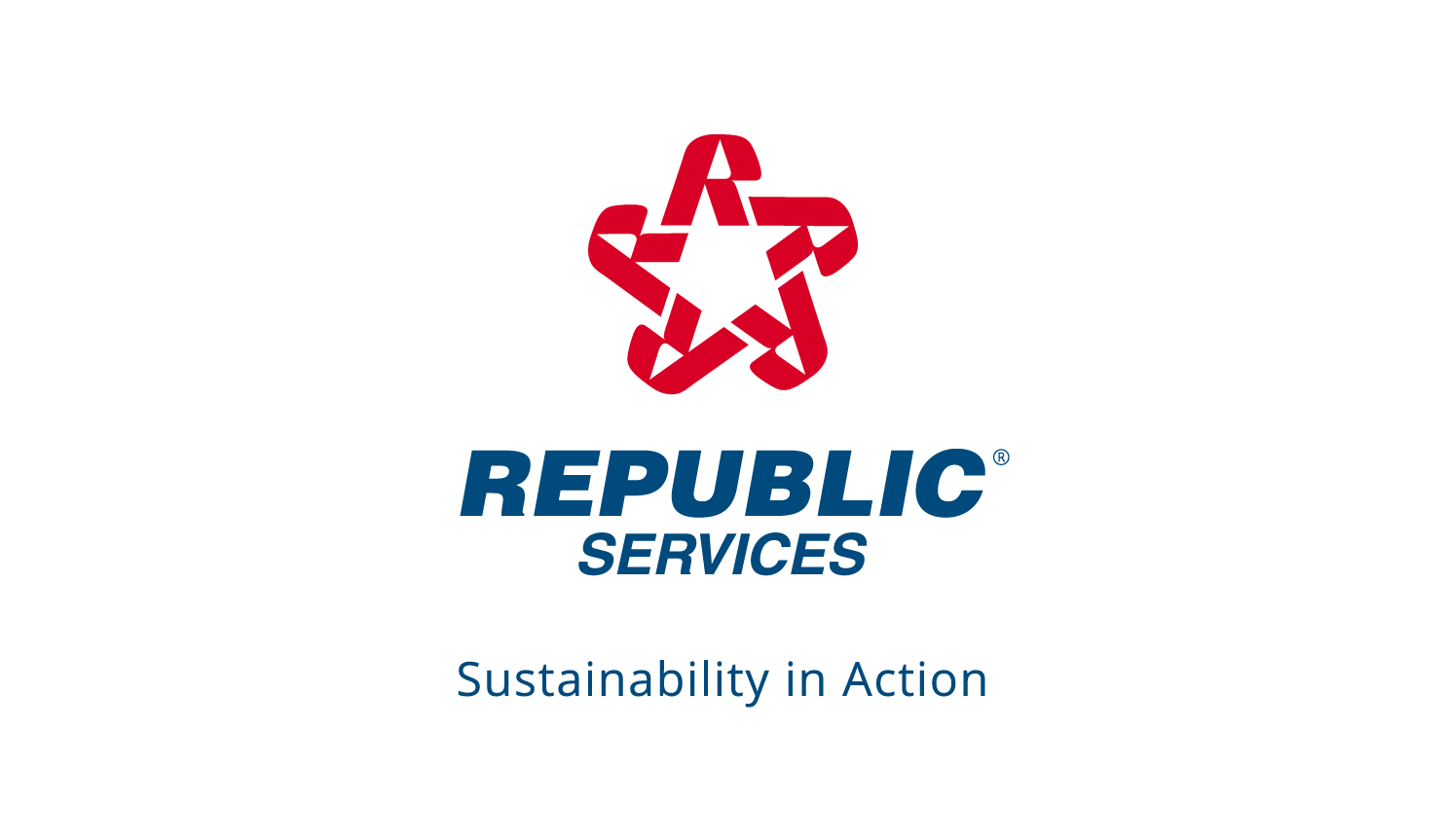Spring Cleaning Tricks of the Trade

Originally posted on Beyond the Blue
In most parts of the country, the sun is finally peeking out from behind the clouds, the air is warmer yet still offers a sweet breeze or calming chill, and homeowners eagerly open up windows and begin packing away signs of winter. It is the wonderful time of the year when spring cleaning occurs. More than 70 percent of American households say they engage in spring cleaning. It can be both overwhelming and refreshing.
Here are some tips to ensure it’s more of the latter.
1. Take it Room by Room
Do not try to tackle the entire house at one time. Prioritize which rooms need your attention the most and clean them out one at a time. Even separate the pantry room from the kitchen. Also, give yourself a couple hours for each room. Thoughtful decluttering takes time.
2. Organize As You Go
Before you engage in the Spring Cleaning process, have four different colored boxes to use as aids when sorting and organizing the items in your room. We prefer different shades of blue, of course, but you can use any colors you wish (or just label them according to the sorting category, see below). Any items that don’t belong in the room you’re working on should go into one of the four boxes.
Sorting Categories:
- Move: Anything that should be stored or kept in another area of the home (e.g., toys in the playroom or kids’ bedrooms; items that can be reused through craft projects).
- Giving: Gently used items to donate to a local charity or sell.
- Recycling: Items that can be recycled
- Trash: These are broken items that cannot be recycled, sold or donated.
3. Recycling Items
What can be recycled? Paper, cardboard and aluminum can be recycled. What about plastics? Most plastics, such as water bottles, can be recycled. However, those flimsy plastic grocery bags are not recyclable. In fact, they often contaminate other recyclables. Try reusing your grocery bags and when ready to discard them, put plastic bags in the trash or they can be returned to your local grocery store.
The most common contaminants that we see in the everyday recycling stream are diapers, yard waste, old clothes or shoes and food. None of these items are recyclable and should never be put into your recycling container.
Other items, such as glass, depend on your location so make sure to confirm with your local recycling provider. All recyclables need to be empty, clean and dry before putting them in the recycling container. This reduces contamination and ensures that your recyclables are ultimately repurposed as intended.
For a list of recyclable and non-recyclable items, visit our online recycling guide. This also includes information on items that require special handling, such as light bulbs, paint and electronics.
4. Repeat
The same four-box approach can be used to declutter each room. Make sure to appropriately recycle and discard any items and empty all the boxes before moving to the next room where you can reuse the four boxes and repeat the spring cleaning activity.

